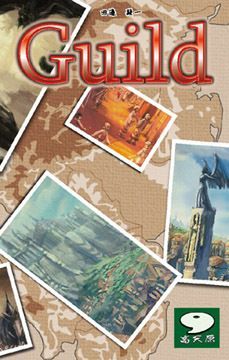Guild (2011) Board Game
Guild is a card game that was released in 2011 and designed by Kyo Nakayama. It is a city-building game that involves strategic auction and tile placement mechanics. The game is designed for 2 to 4 players and has an average runtime of 90 minutes. With beautiful artwork by Takamagahara, Guild has gained popularity among board game enthusiasts for its engaging gameplay.
Game Components of Guild
How To Setup Guild
To set up **Guild**, place the Central Square board in the middle of the table. Each player takes their own guild headquarters board and places the Entrance Hall tile on the starting position. Citizen cards are organized around the Central Square based on the player count. Objective cards are chosen randomly and placed face up on the table. The game setup varies slightly depending on the number of players, with a handy chart in the rules to guide the process.
Gameplay Mechanics and Game Objective
Player Experience
**Guild** offers a challenging yet engaging experience, particularly with 3-4 players where bidding and counter-bidding become crucial. Players must balance bidding for valuable citizen cards with building and expanding their guild headquarters. The game requires strategic planning and attention to opponents’ moves to block their progress or capitalize on their weaknesses.
Pros
Cons
Personal Thoughts on Guild
**Guild** is ideal for fans of economic and bidding games who enjoy strategic planning and competitive gameplay. It is particularly suited for players who appreciate games with deep mechanics but do not mind a slightly lighter theme. While it may not be the best fit for casual gamers due to its complexity, **Guild** offers a rewarding experience for those willing to invest time and strategy into building their guild.
We are supported by our audience. When you purchase through links on our site, we may earn an affiliate commission, at no extra cost for you. Learn more.

